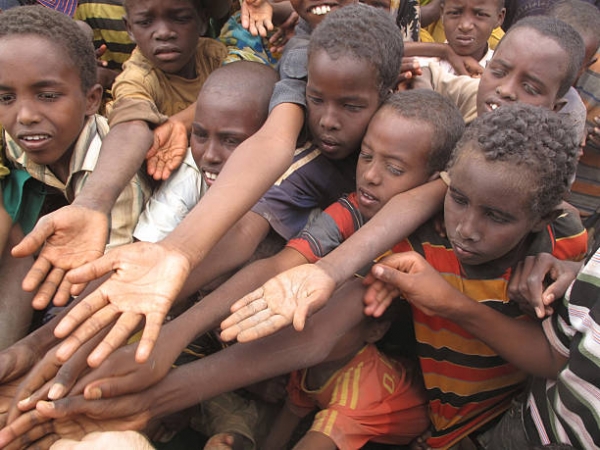Somalia has been named as one of the most dangerous countries in conflict to be a child. While living in a safe environment should not be a matter of luck or circumstance, especially for children, young Somalis are daily subjected to all kinds of threats due to the ongoing war in the East African country.
Indeed, the beginning of the conflict can be traced back to the era of self-government (1960-1969), when newly established state institutions failed to meet people’s hopes. As matter of fact, poverty increased, leading to the deterioration of security, corruptionand preferential treatment, that characterised state institutions. Following the onset of the military regime the situation began to resemble one of an internal conflict. The Baare government and armed factions used random killings, burning of villages and torture as instruments of control. The conflict caused the deaths of hundreds of thousands of Somalis and many affected civilians were internally or externally displaced. Since the military takeover , the situation has become increasingly dire, with threats from militant groups such as Al-Shabaab.
According to the United Nations (UN), Al-Shabaab remains one of the main threats to security and stability in Somalia today. Large parts of rural areas in southern and central Somalia are subjected to the control of this terrorist organization. Al-Shabaab’s means of warfare go far beyond unnecessary cruelty, indeed, suicide attacks and the use of improvised explosive devices (IEDs) are recurrent events. Its presence represents a specific threat to children. The fact that Al-Shabaab committed 10,462 serious violations against children between 2016 and 2019 is a clear and evident sign of how children are not sufficiently protected or cared for by Somali institutions.
The list of threats to which children fall victim is unfortunately long, however the UN reported that IEDs are the main weapon causing child casualties in Somalia. Not only do IEDs represent a threat in their nature, but in their consequences: death from explosive remnants of war (ERW) is very common, with 54 child casualties only in 2019 as stated in the AOAV report. Another common consequence is abduction, as during attacks such as IED explosions, children have been kidnapped for military recruitment, or captured and arrested. Displacement adds to kidnapping and death from explosive remnants as a consequence of conflict: out of the 2.6 million internally displaced people back in 2019, many were caused to flee due to IEDs that damaged urban centers.
In November 2017, the Ministry of Women and Human Rights Development began drafting a bill on children’s rights , with attempts to condemn and criminalise serious violations against children in Somalia.
However it is not enough to simply register IEDs attacks in Somalia as criminal offences, further serious action must be taken, as children are dying and will not stop dying unless institutions decide it is time to stop this atrocious massacre with coherent coordination between international organizations.
To know more, please read:
https://aoav.org.uk/2020/the-impact-of-explosive-weapons-on-children-in-somalia/
https://www.ukessays.com/essays/history/the-root-causes-of-the-conflict-in-somalia-history-essay.php
https://www.ecoi.net/en/countries/somalia/featured-topics/security-situation/
Author: Benedetta Spizzichino; Editor: Eleonora Gonnelli







